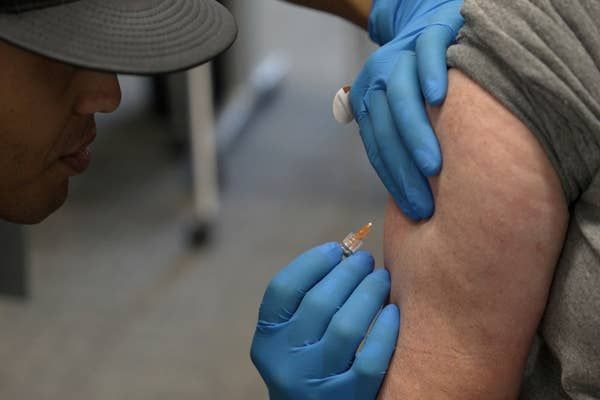
What is the Leopard 2?
The Leopard 2 is a German-manufactured main battle tank with a range of about 500km (311 miles). It first came into service in 1979 and has a top speed of 68km/h (42mph). Equipped with a 120mm smooth bore gun as its main armament, it is also armed with two coaxial light machine guns.
As well as being used by the German military, Leopard 2 has been in wide service in Europe, with more than a dozen countries using the tank, as well as a number of other countries including Canada. The tanks have been deployed in Kosovo, Bosnia, Afghanistan and Syria (by Turkey) where several were lost to anti-tank missiles.
Why does Ukraine want them?
Ukraine has said it has an urgent need for heavier armour in its war against Russia’s invasion. Kyiv has limited availability of tanks, most of them from the Soviet or post-Soviet era.
As well as emphasising its belief that Moscow intends to launch a significant new offensive in the coming months, Kyiv and many of its allies believe that the war will end more quickly if Russia is defeated on the battlefield in Ukraine’s own counter-offensives to take back Russian occupied territory.
While Ukraine has won significant victories – in the battle for Kyiv at the beginning of the war as well as in Kharkiv oblast and around Kherson in the south – it is hampered by a shortage of tanks to support its operations and faced by Russian forces increasingly fielding more modern and capable T-90s.
The widespread availability of Leopards – including in neighbouring Poland, which wants to supply them to Ukraine – makes them a good fit for Kyiv.
Ukraine has suggested it needs 300 tanks, while western analysts have suggested that 100 could probably shift the balance of the war.
What has been agreed?
After weeks of pressure Germany has confirmed it will make 14 Leopard 2A6 tanks available for Ukraine’s war effort, and give partner countries permission to re-export further battle tanks to Kyiv.
Why the delay?
Germany’s position on sending heavy weaponry has been conflicted. It prefers a multilateral approach on arms supply to Ukraine rather than being seen to be moving unilaterally.
Although Germany has supplied a large amount of equipment to Ukraine, including armoured cars, it has also been wrestling with its post-second world war tradition of anti-militarism. The supply of main battle tanks had been seen as problematic because of their much more obviously offensive capabilities.
Germany has tried to tie the supply of Leopards to a wider coalition that would supply other tanks, including US Abrams – a tank viewed by experts as being less suitable for the war in Ukraine because of its heavy consumption of fuel. Washington’s reported promise on 24 February to deliver a significant number of its own Abrams tanks appears to have broken the deadlock.
An official US announcement on delivering Abrams is expected in the coming days.







